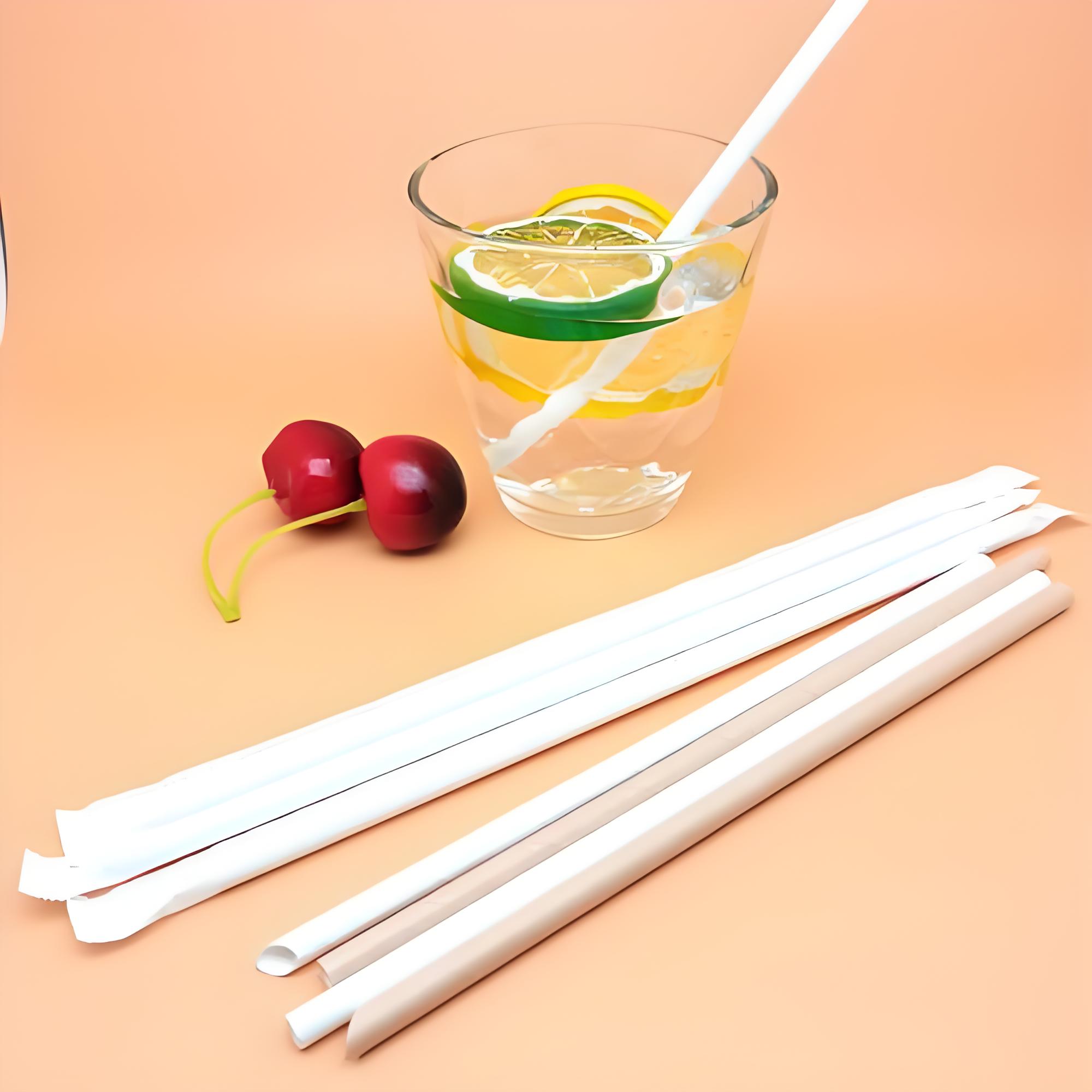- Home
-
What is biodegradable cutlery?
Views: 0 Author: Site Editor Publish Time: 2025-07-21 Origin: Site
In recent years, environmental concerns have shifted consumer preferences towards more sustainable options in every aspect of daily life. One significant area of interest is the use of Biodegradable Cutlery, which offers an eco-friendly alternative to traditional plastic utensils. This article explores the concept of biodegradable cutlery, its materials, benefits, and its role in mitigating environmental impact.
Understanding Biodegradable Cutlery
Biodegradable cutlery refers to utensils made from materials that can decompose naturally in the environment. Unlike conventional plastic cutlery, which can take hundreds of years to break down, biodegradable options utilize organic materials that microorganisms can readily digest.
Materials Used
Common materials for biodegradable cutlery include plant-based plastics like polylactic acid (PLA), bamboo, wood, and even edible substances like wheat bran. PLA is derived from fermented plant starch, typically from corn, cassava, or sugarcane. Bamboo and wood are renewable resources that offer durability and a natural aesthetic.
Decomposition Process
The decomposition of biodegradable cutlery depends on the material and environmental conditions. In industrial composting facilities, high temperatures and controlled conditions accelerate the process. For instance, PLA cutlery can decompose within 90 days under optimal conditions.
Environmental Impact
Traditional plastic utensils contribute significantly to pollution and landfill accumulation. Biodegradable cutlery offers a solution by reducing plastic waste and lowering the carbon footprint associated with production and disposal.
Reduction of Plastic Waste
Single-use plastics account for a large portion of marine debris. By switching to biodegradable options, the amount of non-degradable waste entering oceans and landfills decreases, mitigating harm to wildlife and ecosystems.
Lifecycle Assessment
Lifecycle assessments show that biodegradable cutlery often has a lower environmental impact compared to traditional plastics when considering raw material extraction, manufacturing, use, and end-of-life disposal.
Benefits of Biodegradable Cutlery
Beyond environmental advantages, biodegradable cutlery offers several benefits to consumers and businesses alike.
Consumer Health and Safety
Biodegradable utensils are free from harmful chemicals like BPA and phthalates found in some plastics. They provide a safer option for food consumption, particularly when exposed to heat.
Corporate Social Responsibility
Businesses adopting biodegradable cutlery demonstrate a commitment to sustainability. This choice can enhance brand image, meet regulatory requirements, and appeal to environmentally conscious consumers.
Challenges and Considerations
Despite the benefits, there are challenges associated with biodegradable cutlery that need addressing.
Composting Infrastructure
In many regions, industrial composting facilities are limited. Without proper disposal systems, biodegradable cutlery may not decompose efficiently, reducing its environmental advantages.
Cost Factors
Biodegradable utensils often come at a higher price point compared to traditional plastics. Economies of scale and increased demand are necessary to reduce costs and make them more accessible.
Case Studies
Several organizations have successfully integrated biodegradable cutlery into their operations.
Event Management Companies
Event planners have switched to biodegradable utensils to reduce waste from large gatherings. This shift has significantly decreased the environmental impact of conferences and festivals.
Restaurants and Cafes
Food establishments adopting biodegradable cutlery enhance their sustainability profiles. Customers appreciate the eco-friendly approach, leading to increased patronage and loyalty.
Future of Biodegradable Cutlery
Advancements in material science promise improved biodegradable options. Research focuses on developing utensils with better durability and faster decomposition rates.
Innovative Materials
Emerging materials like mushroom-based composites and seaweed offer promising alternatives. These materials are not only biodegradable but also have minimal environmental footprints during production.
Conclusion
Biodegradable cutlery presents a viable solution to the pressing issue of plastic pollution. By embracing Biodegradable Cutlery, individuals and businesses can contribute to a more sustainable future. The transition to biodegradable options requires collective effort, innovation, and supportive infrastructure to maximize environmental benefits.
FAQs
1. What materials are commonly used in biodegradable cutlery?
Biodegradable cutlery is typically made from materials like polylactic acid (PLA), derived from cornstarch, bamboo, wood, and other plant-based resources.2. How long does it take for biodegradable cutlery to decompose?
The decomposition time varies but commonly ranges from 90 days to a few months in industrial composting facilities. Environmental conditions significantly affect this process.3. Can biodegradable cutlery be recycled?
Biodegradable cutlery is not typically recyclable with standard plastics. It should be disposed of in composting systems designed for organic waste.4. Is biodegradable cutlery safe for hot foods and liquids?
Most biodegradable utensils are designed to withstand typical food temperatures. However, extremely hot items may cause some materials to weaken, so it's advisable to check product specifications.5. What is the difference between biodegradable and compostable cutlery?
While both break down naturally, compostable cutlery decomposes into non-toxic components beneficial for soil within a specific time frame under composting conditions. Biodegradable cutlery breaks down naturally but not necessarily in a way that benefits compost.6. Does using biodegradable cutlery significantly impact the environment?
Yes, it reduces reliance on fossil fuels, decreases plastic pollution, and lowers greenhouse gas emissions associated with plastic production and disposal.7. How can businesses transition to biodegradable cutlery effectively?
Businesses can start by sourcing from reputable suppliers, educating staff and customers about proper disposal, and integrating sustainability goals into their corporate strategies.Random Products
Got questions? Send email!
Address: No 328, Building 1, No 59 tianyuan west road, Jiangning District, NanjingTel: +86-17366262165WhatsApp: +86-17366262165Copryright © 2024 Nanjing Haolyland Packaging Material Technology Co.,Ltd. All Rights Reserved I Sitemap I Privacy Policy































